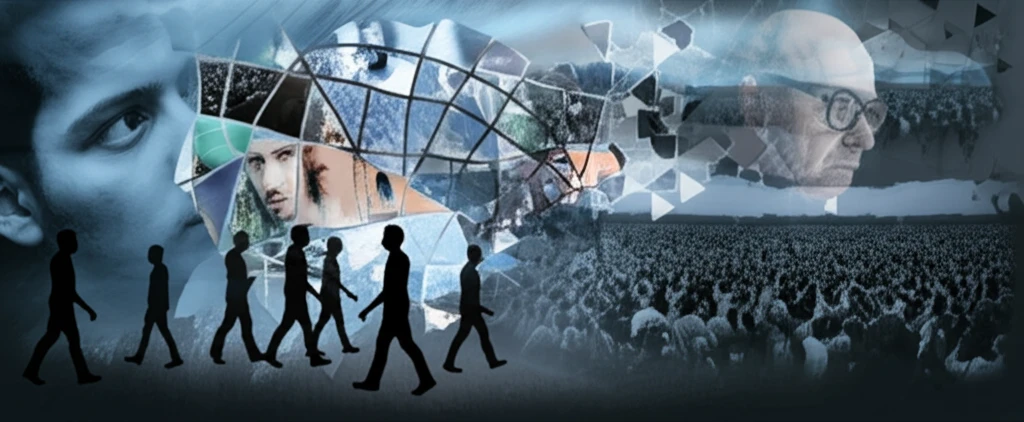
Decoding the Migrant Narrative: How Media Images Shape Our Perceptions
"A deep dive into the visual language of news media and its impact on public opinion about migrants."
In an era dominated by visual media, the images we consume daily profoundly shape our understanding of complex social issues. One such issue, fraught with nuance and often subject to misinterpretation, is migration. How migrants are visually represented in news media significantly impacts public perception, influencing attitudes, and even policy decisions. Understanding this visual language is crucial for fostering informed and empathetic perspectives.
The power of media to construct and reinforce stereotypes has long been recognized. Early studies from Yale University highlighted media's influence on public opinion, setting the stage for further exploration into how specific groups are portrayed. Within the framework of social representation theory, research has evolved to examine media's dual role: both as a shaper of public perception and as a reflection of existing societal beliefs.
While textual analysis has been a common approach, the impact of images—particularly in today's visually saturated environment—demands closer scrutiny. The repetitive exposure to certain images can create a sense of familiarity, leading individuals to accept these visuals as representative of a larger reality. This article delves into this phenomenon, examining how media-driven imagery affects our understanding of migrants and the psychological mechanisms at play.
The Visual Stereotype of the Migrant: Men, Masses, and Marginalization

A recent study analyzed a corpus of press photographs related to migrants, revealing a dominant visual theme. Migrants are overwhelmingly depicted as men, often in large groups, photographed outdoors during the day. This "horde" motif, as the study terms it, paints a specific picture, associating migration with potentially threatening and uncontrollable masses.
- The "Horde" Motif: Depicting migrants primarily as large groups of men in outdoor settings.
- Representativeness: Images aligning with the "horde" motif are perceived as most representative.
- Media Influence: Dominant motifs in media contribute significantly to public understanding and perception.
Beyond the Image: Towards Nuance and Empathy
The study's findings underscore the profound influence of media imagery on shaping public perceptions of migration. While the "horde" motif may provide a readily accessible visual shorthand, it risks perpetuating harmful stereotypes and overlooking the complex realities of individual migrants. Moving forward, it is crucial for media outlets to adopt more nuanced and empathetic visual narratives, fostering a deeper understanding of the human stories behind the headlines. By challenging the dominant stereotypes and embracing a broader range of perspectives, we can promote more informed and compassionate conversations about migration.
